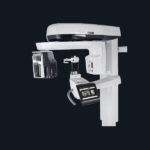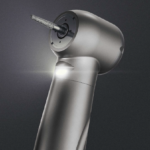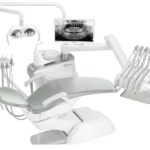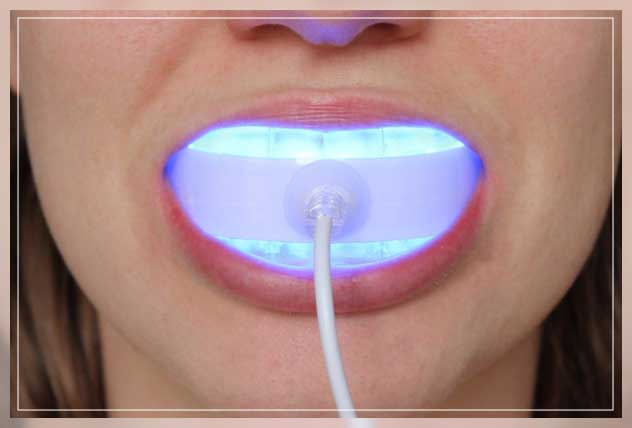
One of the increasingly popular ways for whitening teeth is the use of whitening light alongside the usual bleaching agent.
The light available in the form of a whitening lamp can activate the ingredients in the chemical agent to quicken the procedure and increase effectiveness.
Light activated treatments can keep the shade of the teeth lighter for a longer period of time than non-light activated whitening treatments.
This article discusses if you should consider keeping a whitening lamp in your dental clinic for teeth whitening treatments.
Keep reading below to know more!

What is a Whitening Light?
The first step to consider here is how it all works.
Normal teeth whitening procedures involve a dentist applying the bleaching agent which is usually a high concentration of hydrogen peroxide on the teeth.
However, some dentists may also use carbamide peroxide and other whitening agents instead.
After applying the chemical agent, the light activates the ingredients inside such as the whitener.
There are three kinds of light activation devices.
- UV light
- LED light
- Halogen light
Using these lights, the lightening of the the tooth shade increases.
Moreover, the lightness lasts a longer time.
Therefore, it is actually effective, however, each of these has its own set of pros and cons.
Usually, the laser and halogen lights are considered to be the most effective of all options.
Ler’s know about each of the treatments below!
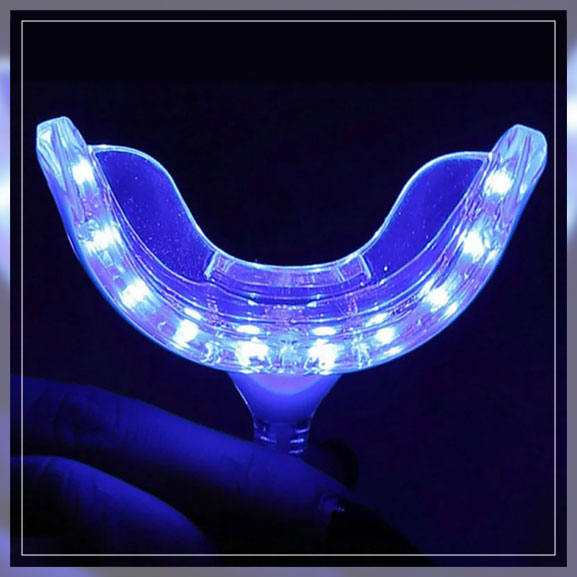
Halogen and Ultraviolet Light
Halogen Light
The halogen light is one of the whitening lights that is the most effective in whitening teeth.
According to a 2016 study, using halogen light alongside 37.5 percent hydrogen peroxide was more effective in whitening teeth in comparison with using no light.
Halogen light tends to emit heat produced by the metal tungsten in the heart of the light.
While take-home teeth whitening kits may also use these, the halogen light is best used in dental offices under the supervision of the dentist.
Therefore, you will find it most often used in the dental clinic rather than in at-home whitening kits.
Ultraviolet Light
An FDA-approved UV light or laser treatment may also show similar effectiveness to that of the halogen light.
This procedure uses magnetic radiation that tends to heat up during the whitening procedure.
You must have heard about laser teeth whitening. That procedure uses UV light.
However, this procedure is only performed in a dental clinic.
There are risks of using UV light when it is not used correctly.
It can result in :
- Tooth Sensitivity
- Soft tissue burning
- Tooth damage
- Gum irritation
Therefore, your dentist takes special care in covering your teeth and gums during the procedure.
If you are using it at home, follow the instructions closely, using the whitening agent and light correctly, however, these are mostly available in the dentist’s office.
Here they can protect your eyes with goggles and cover the gums with a rubber dam.
Though, at home you may not be able to take the best precaution.
Hence, at-home kits usually use blue LED.
This light-emitting diode is a safer way of using whitening light on teeth.
Hence, you will find it in most at-home kits.
Let’s know more about this below!
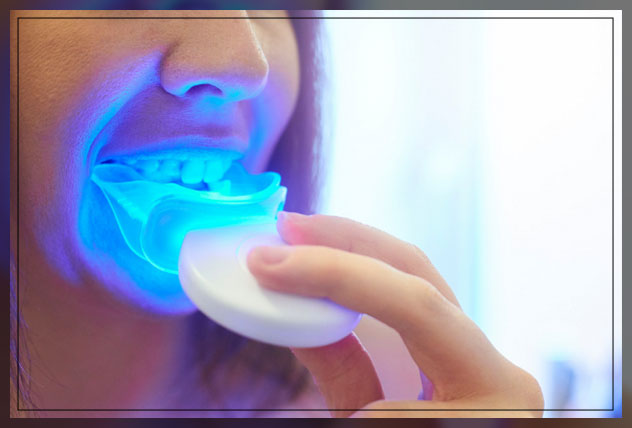
Blue LED Light
The light emitting diode i.e. LED produces blue light.
It can increase whitening without radiating heat to your teeth.
This makes it popular in use in whitening at-home kits.
However, some dentists may also use it in their clinical teeth whitening procedures.
After the dentist applies the gel, the blue led light activates the hydrogen peroxide and the carbamide peroxide.
Thus when it activates, it breaks the gel faster.
Therefore, the chemical reaction can lift the stains off from the teeth whitening them in return.
The blue light method is generally considered safe to use which is why it is also common in at-home kits.
At home use, follow the instructions carefully to not cause any sensitivity.
Though, the treatment is not without its risks.
You may still get irritation as well as tooth senstivity in the area after the procedure.
In fact, there will be more sensitivity if you get an in-office treatment than an at-home one.
This is because a clinical professional treatment uses a high concentration of bleaching agent.
The gel and light application is also performed thrice in 10 minute cycles.
However, people report to experience more senstivity without the LED during the treatment period after 2 weeks.
For home use, you will:
- Add the whitening product directly to your teeth using whitening strips or by adding the gel inthe mouth trays. Insert the tray on your teeth to cover them completely.
- Let the whitening product sit on your teeth, then start the blue LED light.
- If the light is attached directly to the mouthpiece, turn it on and let it activate the whitening gel.
- The light will turn off on its own once the set time has been reached.
The dentist utilizes the light differently for clinical use. More on that below!
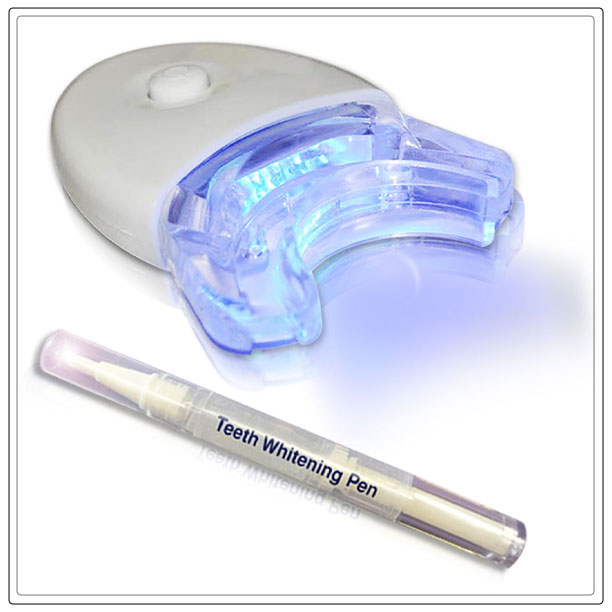
Blue Whitening Light in Office Use
Your dentist may use proceduressuch as Zoom teeth whitening utilizing the blue LED light to whiten your teeth.
The procedures involves them thoroughly conducting a teeth cleaning.
After thoroughly cleaning the teeth, they will measure the shades of the teeth to record the progress after the whitening.
Next, it is important to protect your gums and mouth from senstivity and irritation.
Therefore, the dentist will apply a gel on the gums and use a cheek retractor to hold the lips away from the teeth.
After protecting the lips and the gums, they will begin applying the gel to the teeth.
As they apply the gel, it is now time to let the blue light work its magic.
The dentist will repeat the procedure thrice.
The results will improve each time in the 10 minute cycles.
After the procedure is completed they will rinse your mouth and check the color of your teeth.
If you still did not achieve the desired results, your dentist may ask you to get another session a few days later.
According to a 2012 study, a whitening gel along with a blue light activated treatemnt helped in improving the results and was effective.
However, another study did not seem to agree on the same.
Therefore, its efficacy is still not affirmed.
That said, the results you will get in an in-office treatment will be different than what you get from an at-home treatment.
This is because the gel at clinics contains a higher concentration of bleaching agent i.e. hydrogen peroxide or carbamide peroxide.
Since at home kits are not supervised by a professional, these do not contain a higher percentage of the bleaching agent making them safer to use.
Nonetheless, you should still follow the instructions carefully while whitening.
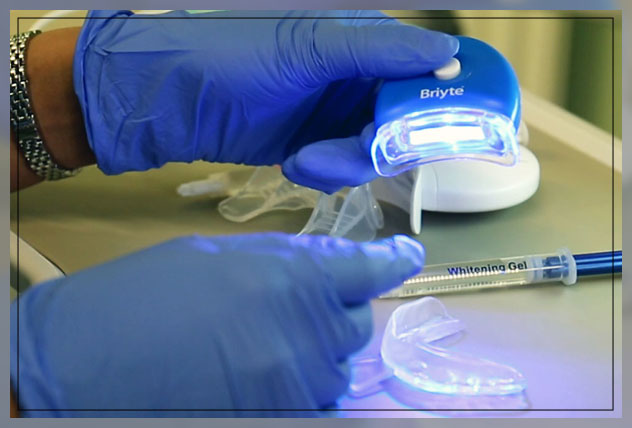
What to Look For in a Whitening Light?
Practicality and Comfort
While choosing the whitening lamp or light for clinical use. The dental staff will prioritize the practicality of the arm joints.
Alongside that, they will focus on the comfort the medical equipment provides while using it so they are not overwhelmed during the procedure.
Other features may more or less differ such as sizes, casters, hanging modes and weight.
Thus, choosing one which you can use for a long time comfortably should be the focus.
The Colors
The number of colors that the LED projects can increase the wavelength the light covers.
That will impact how the patients are treated more or less effectively with respect to their senstivity.
Heat Production
If the device adiates a lot of heat, it can increase senstivity in the patient and make the treatment uncomfortable for them.
Thus, note the device’s heat production which should only be reasonable so that there is no sensitization of the teeth.
Additional Functions
Once you have covered the main requirements, you can move on to the additional functions that will make your work as a dentist easier and will provide the patient a smooth treatment.
There are functions for adjusting the exposure power, making color changes and setting the operating times.
Having these will help the dentist adapt the procedure specifically to each patient provided the color wavelength they require for the treatment.
Watch Out
As there are good features, there may also be some annoying features that your patients may dislike.
Watch out for them beforehand.
For instance the lamp with a ventilator can emit a distracting noise.
Even if the device itself is comfortable for the patient, they may dislike the noise a lot.
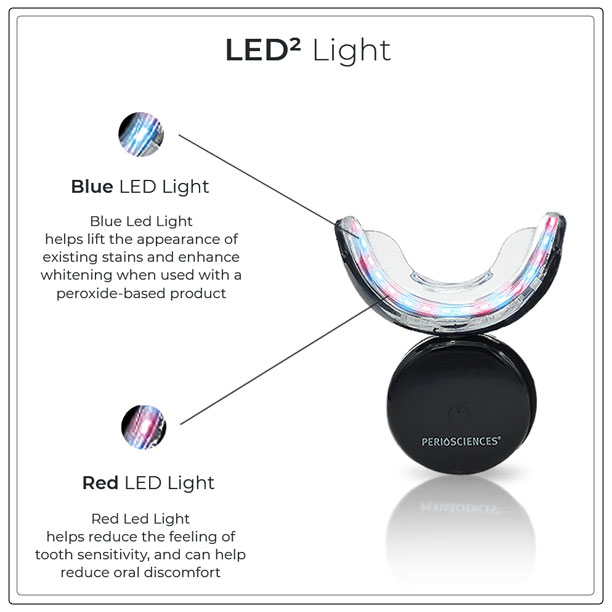
Should You Buy a Whitening Light?
If you offer teeth whiteing services as a certified dentist, you should consider getting a whitening light or lamp.
Your patients will leave satisafctorily because the lamp speedens the treatment and brings a better result in a faster process.
The results may also last longer so your patient will leave impressed, soughting you for other treatments.
Hence, if you need loyal customers, it is better to provide them the latest and best treatments.
Which teeth whitening lamp you will use for your procedure depends on what you think your patients will usually get, given its efficiency and affordability.
In fact, you can also recommend the patients to continue the treatment at home using kits with the whitening light.
However, they should be very careful while applying it.
Dental staff may require other equipment and tools besides the whitening light.
For that, visit our shop here.


